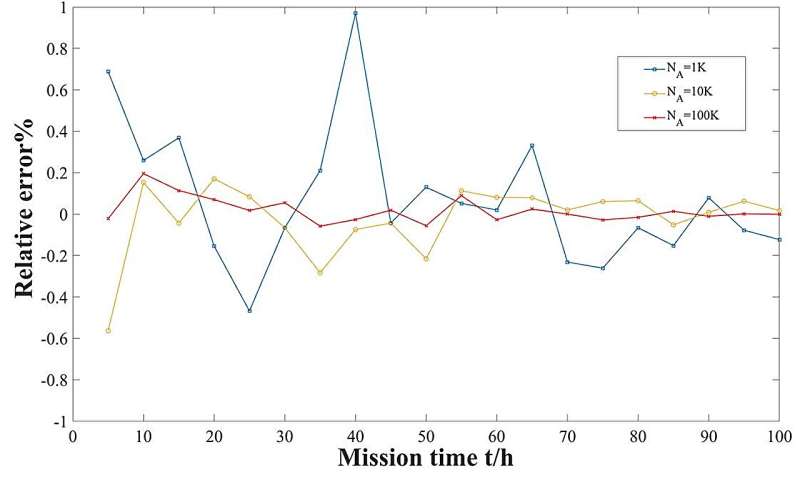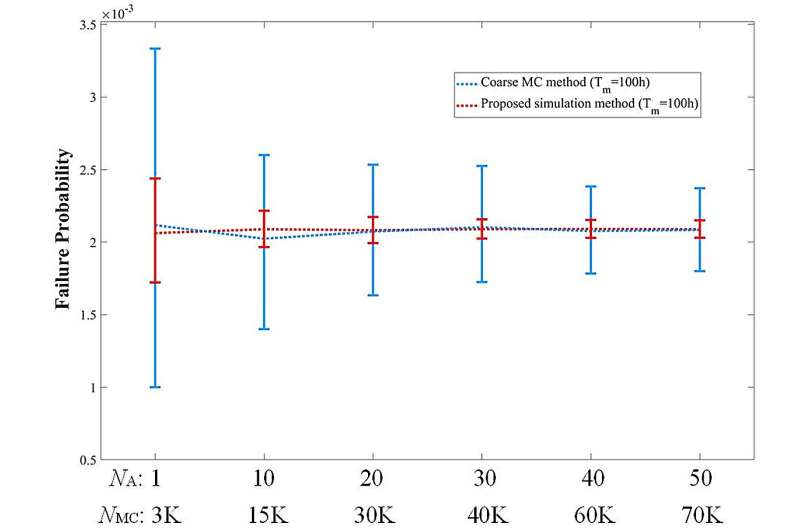This article has been reviewed according to Science X's editorial process and policies. Editors have highlighted the following attributes while ensuring the content's credibility:
fact-checked
trusted source
proofread
Scientists propose new rapid analysis methods for reliability of standby redundant systems

Nuclear power systems contain many complex sequence failure behaviors due to standby redundant designs. Performing the risk assessment of sequence failure behavior using dynamic fault trees can identify potential weaknesses of the nuclear power system so that preventive and mitigating measures can be effectively taken to improve the safety and economics of nuclear power plants.
Improving the calculation efficiency of dynamic fault trees for large complex standby redundant systems in nuclear power plants is the main challenge in current studies on probabilistic system risk assessment.
A research team led by Prof. Ge Daochuan from the Hefei Institutes of Physical Science (HFIPS) of the Chinese Academy of Sciences proposed a rapid reliability analysis method for large complex standby redundant systems, which can effectively reduce the system reliability calculation time. The results were published in Reliability Engineering & System Safety.
The method was based on the survival signature. The survival signature, which isolates system structure from probabilistic component information, has become a hot topic in reliability research because it improves system reliability analysis.
The researchers proposed to use component Boolean state vectors and condition sampling points to quickly simulate the survival signature of standby redundant systems and to quickly calculate the reliability of complex standby redundant systems based on the generated survival signatures.

The results showed that the proposed method could effectively reduce the invalid sample points and sequence failure events of the simulation process for large complex standby redundant systems in real engineering. It was superior to the traditional Monte Carlo method in terms of computational efficiency and accuracy.
"We hope our work can be of some help for probabilistic risk assessment study," said Ge Daochuan, who led the team.
More information: Shaoxuan Wang et al, Reliability evaluation of standby redundant systems based on the survival signatures methods, Reliability Engineering & System Safety (2023). DOI: 10.1016/j.ress.2023.109509



















